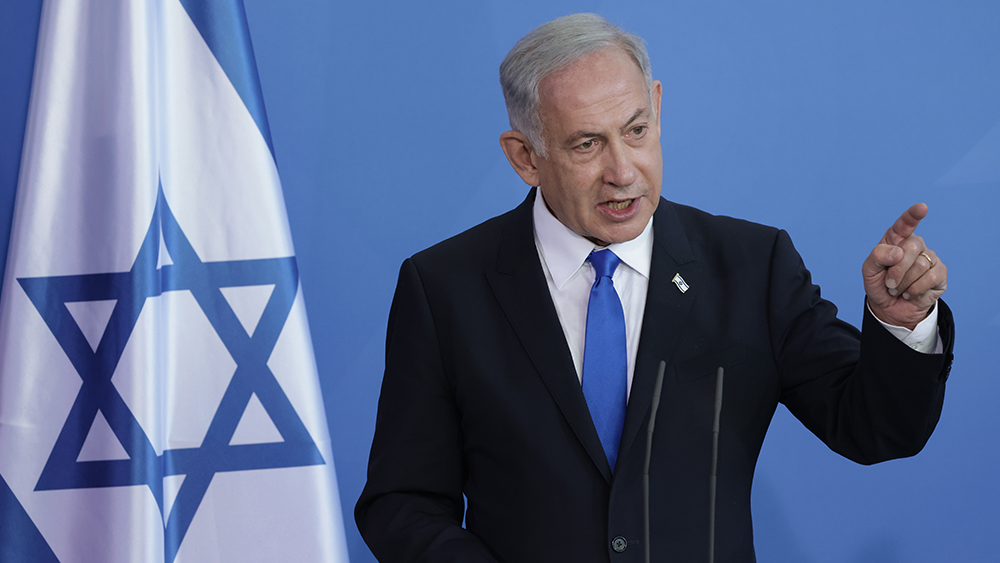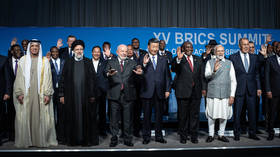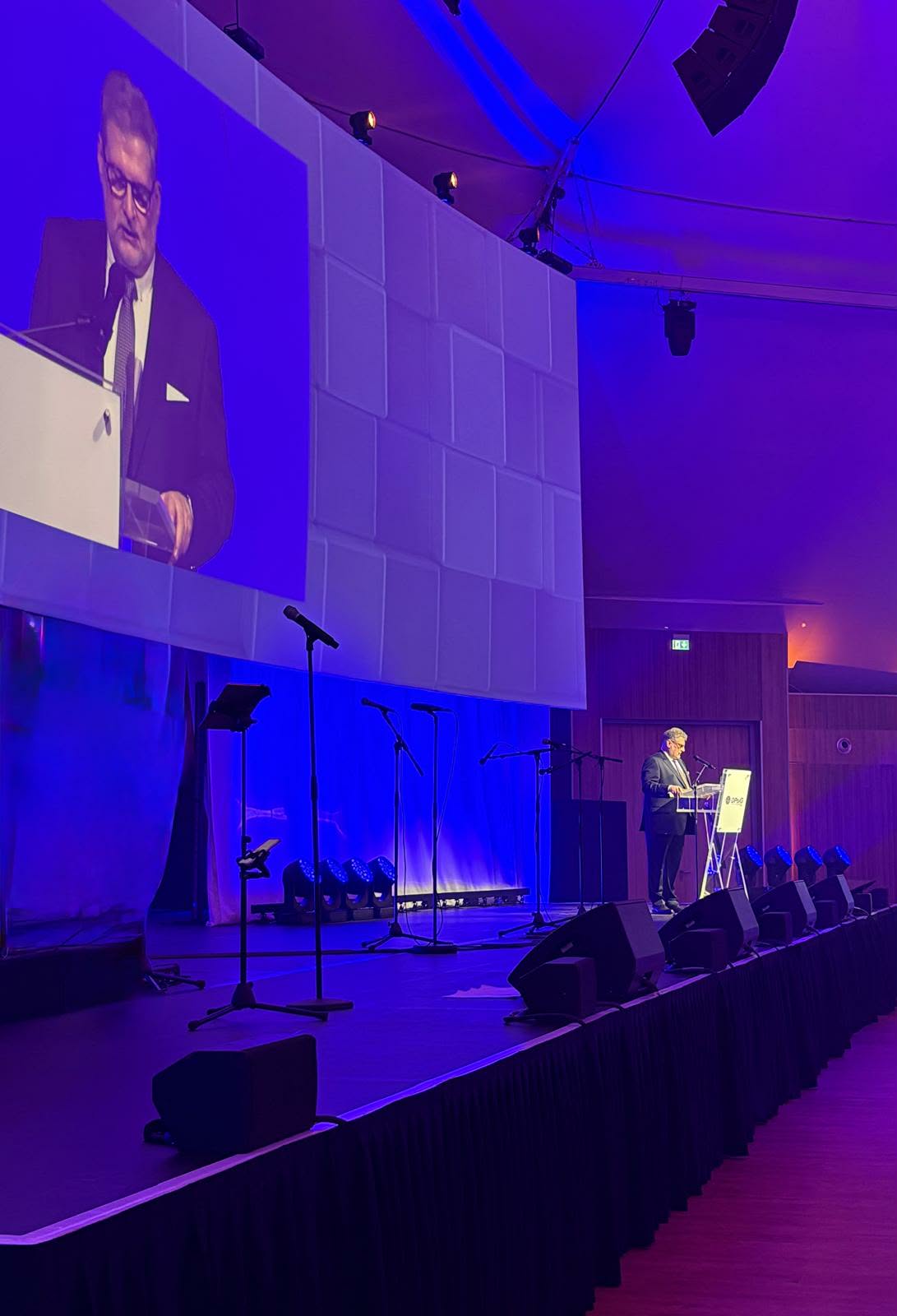
FORT WORTH— American Airlines (AA) has been steadily enhancing its products and services across various segments, from in-flight connectivity to premium cabins.
Yet, the airline remains understated in communicating these upgrades — leaving even many of its own employees unaware of the full scope of changes.
At its main hubs, such as Dallas/Fort Worth (DFW) and Philadelphia (PHL), American Airlines has upgraded its lounge experiences and is deploying new, modern business and premium economy cabins, particularly on its newest Boeing 787-9 aircraft.
However, unlike Delta Air Lines (DL) or United Airlines (UA), American’s marketing has not capitalized on these improvements to shape public perception, View from the Wing reported.
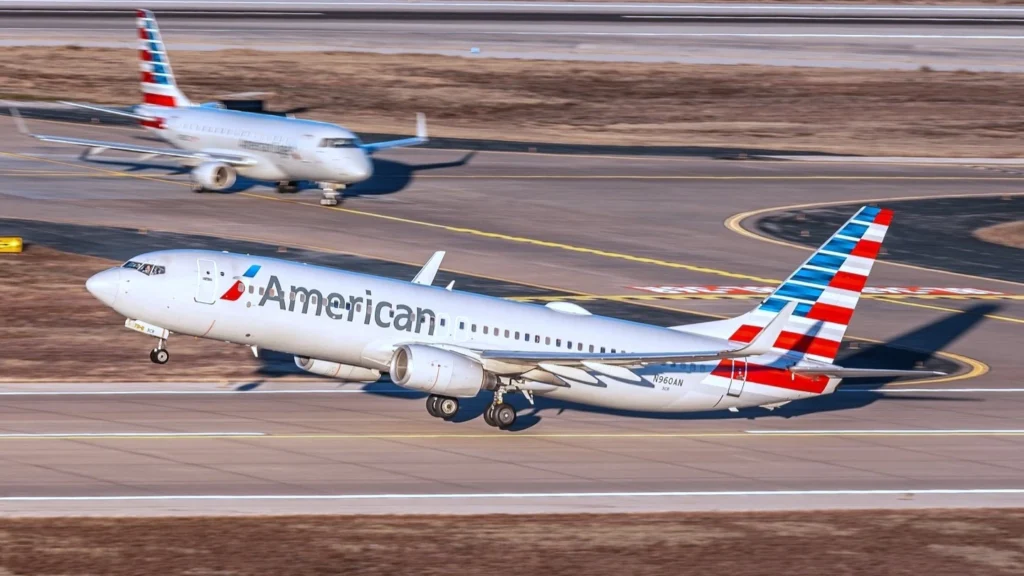 Photo: Cado Handerson
Photo: Cado HandersonAmerican Airlines Quietly Improving
American Airlines (AA), the largest carrier in the United States by fleet size, is quietly evolving its customer experience strategy.
After years of pursuing operational efficiency over customer satisfaction, AA is gradually rebalancing its focus — though without the robust storytelling employed by rivals like Delta Air Lines (DL) and United Airlines (UA).
One of AA’s most tangible upgrades is its high-speed WiFi connectivity across the mainline and regional fleet. The airline was among the first U.S. carriers to equip its aircraft with bandwidth capable of supporting streaming services and uninterrupted work sessions.
Unlike UA’s planned Starlink rollout — which still covers only a portion of its fleet — AA’s WiFi infrastructure is more consistent today. However, the absence of effective communication on these upgrades often leaves passengers unaware of this competitive edge.
 Photo: American Airlines
Photo: American AirlinesLounge Improvements and Culinary Upgrades
American Airlines’ Admirals Club lounges, particularly in Philadelphia (PHL) and Austin (AUS), have quietly improved their food and beverage offerings. While still trailing Delta’s Sky Clubs in variety and presentation, AA has elevated standards significantly.
Report from frequent traveler praises upgrades in lounge dishware and an evolving menu that reflects more thoughtful, regionally inspired selections.
The lounge at Ronald Reagan Washington National Airport (DCA) set a new benchmark for AA’s service template, showcasing modern design and premium aesthetics.
Yet, the airline has not expanded this standard network-wide, limiting broader passenger exposure to the refreshed experience.
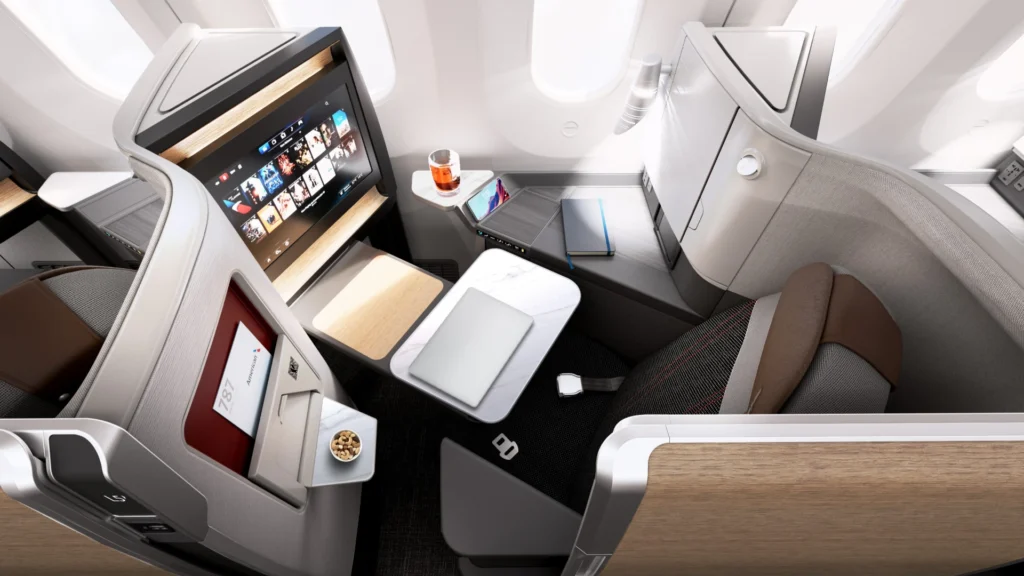 Photo: American Airlines
Photo: American AirlinesPremium Cabin Enhancements
AA’s new business class suites, featuring the Adient Ascent seat, are arguably superior to Delta’s latest Delta One suite or United’s Polaris product.
These new seats are being introduced on AA’s incoming Boeing 787-9s, but the airline has resisted retrofitting older Boeing 787-8 and 777-200ER aircraft — a move that could otherwise standardize and elevate the premium offering fleetwide.
The same reluctance to invest in capital-intensive retrofits applies to AA’s premium economy cabin, which has been lauded for comfort and design.
Despite these high-quality products, the lack of consistent fleet upgrades hampers American’s ability to fully compete on long-haul premium routes, especially against Delta and United.
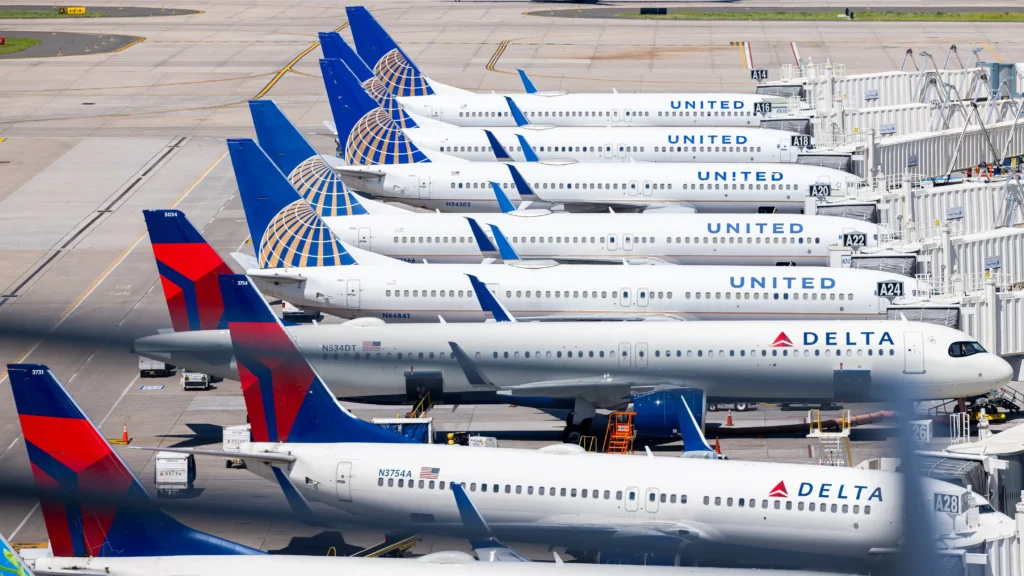 Photo: Denver Airport
Photo: Denver AirportMissed Marketing Opportunities
Where American falters most is in storytelling. Competitors like Delta and United excel in magnifying their enhancements through persistent marketing campaigns that frame them as premium carriers.
Delta, for example, relentlessly reinforces its reliability, service quality, and premium positioning — even when its hard products lag.
United, despite its challenges with seat comfort and service consistency, loudly champions its Polaris business class and upcoming Starlink WiFi, shaping a perception of innovation and modernity.
CEO Scott Kirby frequently positions United alongside Delta in the premium space, ensuring that media and customers perceive the two as direct peers.
In contrast, American’s leadership has not articulated a cohesive vision to either customers or employees.
The airline remains caught between a low-cost, high-density model reminiscent of Spirit Airlines (NK) and Frontier Airlines (F9), and aspirations to compete with full-service giants like Delta and United. This identity crisis hampers employee morale and customer perception alike.
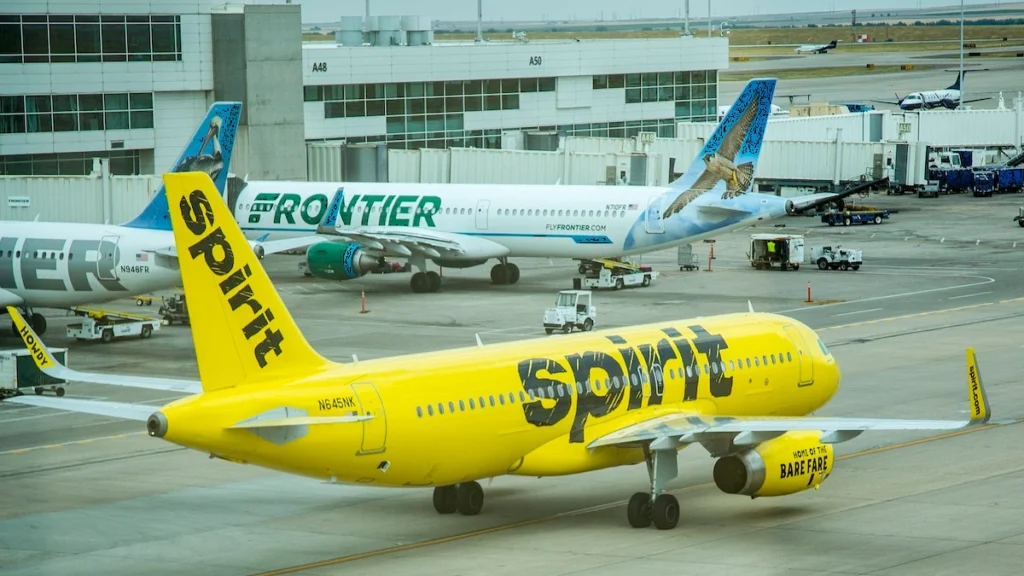 Photo: Denver International Airport
Photo: Denver International AirportCultural Legacy and Inferiority Complex
American Airlines’ management, many of whom stem from the US Airways merger, carries strategic tendencies aligned with a low-cost mindset. This heritage manifests in product decisions that prioritize density and cost savings over premium differentiation.
Consequently, while upgrades occur, they are often piecemeal and underpromoted, feeding an internal inferiority complex about competing with more polished rivals.
To counter this, AA requires a visionary approach that aligns product development, marketing, and employee engagement.
A clear, communicated strategy would enable frontline staff to better understand and embody the service standard AA aims to deliver — transforming not just the customer experience, but also the company culture.
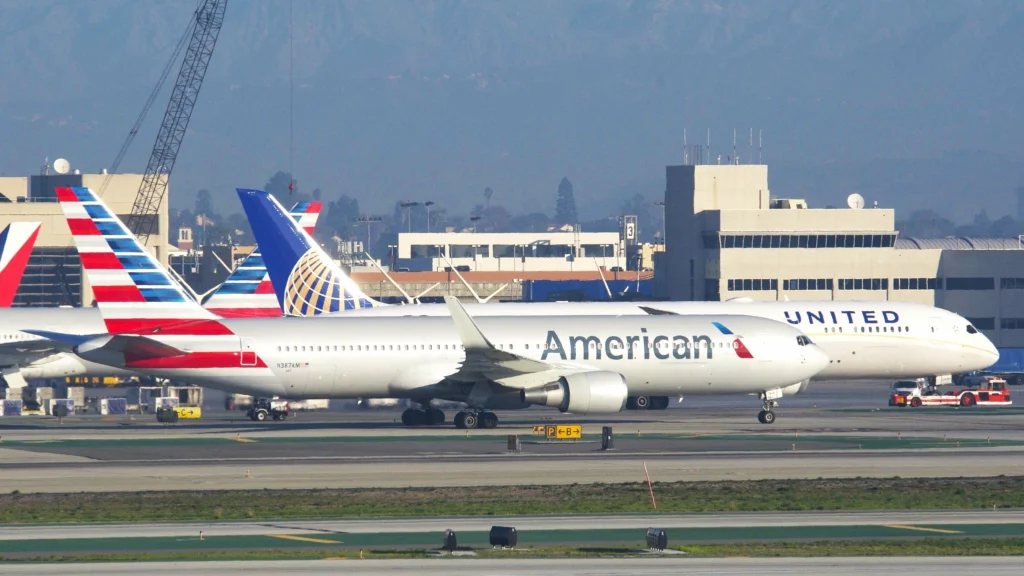 Photo: Aero Icarus | Flickr
Photo: Aero Icarus | FlickrComparison with Delta and United
Delta Air Lines (DL) — Perception Powerhouse
Delta positions itself as the most premium U.S. airline, bolstered by consistent branding and storytelling. While Delta One business class suites are visually appealing, they often lag in comfort compared to AA’s latest offerings.
Moreover, Delta’s older Boeing 767 fleet features business class seats that underperform relative to both AA and UA.
Nevertheless, Delta’s domestic flights are enhanced with seatback TVs, an upbeat cabin crew, and a strong loyalty program.
 Photo: Delta Air Lines
Photo: Delta Air LinesUnited Airlines (UA) — Innovation and Gaps
United’s Polaris business class — a product of Jeff Smisek’s tenure — was designed to be dense but adequate, prioritizing revenue over comfort. While the airline has announced new business suites for incoming aircraft, there’s no definitive retrofit plan for existing planes.
The carrier’s boarding process and coach seating remain customer pain points, though its app, onboard purchasing, and pending fleet-wide Starlink WiFi offer bright spots.
Despite these limitations, United’s assertive marketing — led by CEO Scott Kirby — successfully associates the airline with the premium market, often grouping itself with Delta.
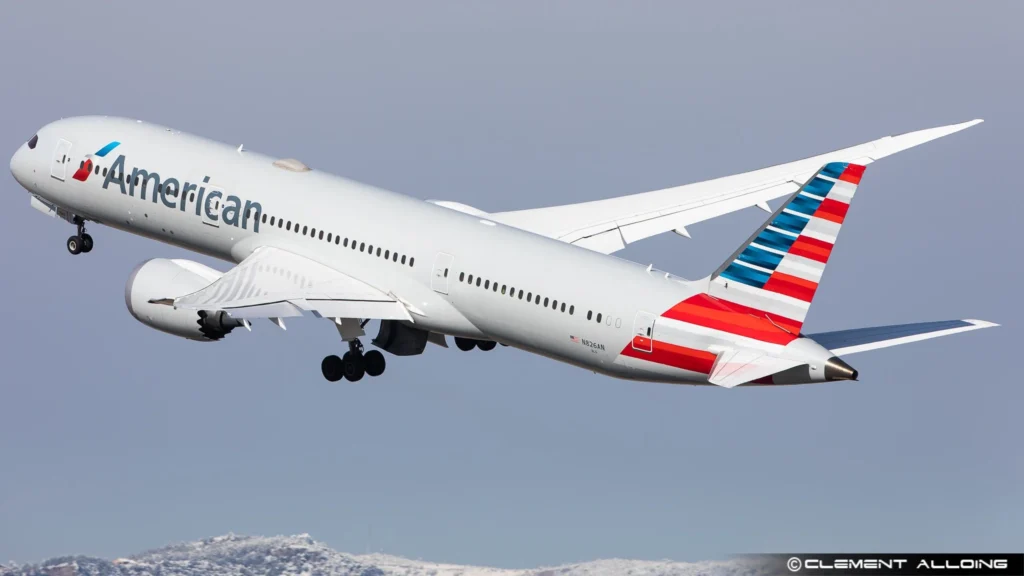 Photo: Clément Alloing
Photo: Clément AlloingThe Way Forward for American Airlines
For American Airlines to redefine itself meaningfully, it must first craft a transparent roadmap for product development, fleet retrofits, and service commitments. This should be coupled with robust, consistent marketing to recalibrate public perception and employee alignment.
Key priorities for American include:
- Fleet Standardization: Retrofitting older aircraft with new premium cabins to ensure consistency.
- Enhanced Communication: Actively informing passengers about onboard features like WiFi and upgraded catering.
- Marketing Reinvention: Telling a coherent story about AA’s progress, akin to Delta’s persistent messaging.
- Employee Engagement: Equipping and inspiring staff to deliver the envisioned premium service.
Without these efforts, even the most substantial product improvements risk going unnoticed, undermining competitive potential in an increasingly differentiated U.S. airline market.
Stay tuned with us. Further, follow us on social media for the latest updates.
Join us on Telegram Group for the Latest Aviation Updates. Subsequently, follow us on Google News
American Airlines Adds First Class Seats, Shrinks Space for Attendants
The post American Airlines Quietly Improving its Services for Passengers appeared first on Aviation A2Z.

